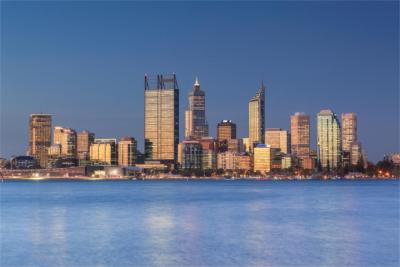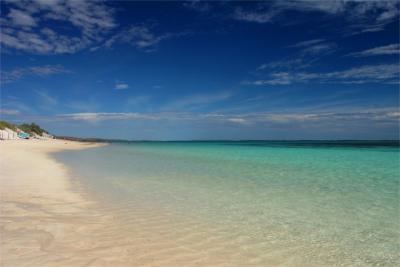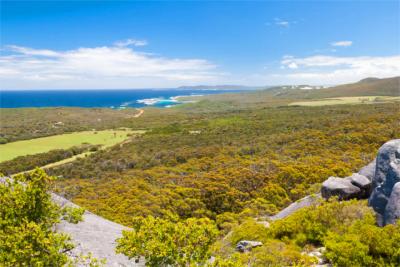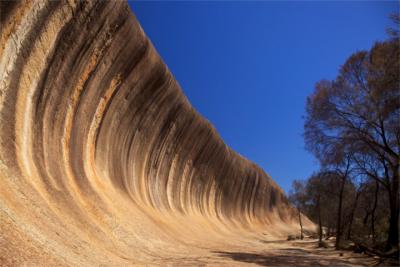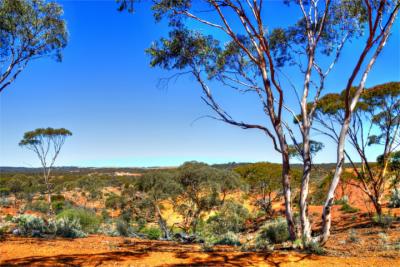Travel Offers
Travelmyne Featureprint
Distance
Western Australia - The Great Fascinating West
Western Australia is characterised by vast, dry deserts and fascinating rock formations. The coast offers white sandy beaches, wonderful bays and crystal clear water. High-quality wines, a unique fauna and the metropolis of Perth complete the wide range of attractions offered by the destination.
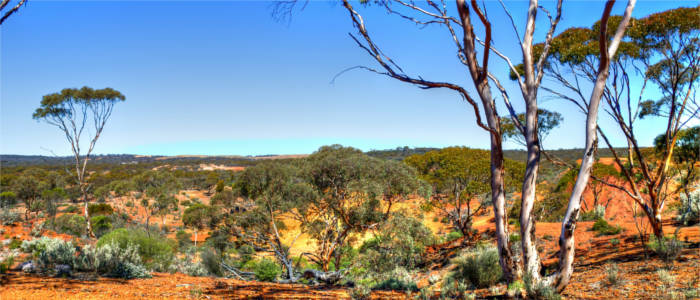
Geography - A third of Australia
Western Australia is a state in the west of Australia, which has an area of 2,529,880 km² and takes up almost a third of the whole continent. Despite its size, the region is only populated by about 1.8 million people, 1.2 million of which live in the capital of Perth. Therefore, the population density is very low. In fact, Western Australia has the second lowest population density in the continent after the Northern Territory. Western Australia borders on the Northern Territory and South Australia as well as on the Indian Ocean. Its coast is almost 13,000 kilometres long. The region is located in different climate zones. While there is tropical hot monsoon climate in the north, the climate is Mediterranean in the heartland and the south.

Nature - Fascinating natural spectacles and a unique fauna
The landscape in Western Australia is very diverse. While the nature in the heartland consists of vast desert regions such as the Great Victoria Desert, the Great Sandy Desert and the Gibson Desert, the north is dominated by impressive savannas, unique mountains and eucalyptus forests. One of the region's best-known national parks is the Purnululu National Park (Bungle Bungle). It accommodates fascinating sandstone formations, which became part of the UNESCO World Natural Heritage in 2003. The Karijini National Park, the country's second largest national park, has deep gorges, waterfalls and red rocks and is popular with lovers of nature. In the south, travellers see wheat fields, wild flowers and vineyards. The area also contains interesting rock formations like the wave-shaped Wave Rock. The region's coast is full of coral reefs, cliff coasts, small bays, white sandy beaches and crystal clear sea water. Ningaloo Reef at the Coral Coast offers a spectacular underwater world with turtles, whale sharks, humpback whales and manta rays. Shark Bay in the national park of the same name is a place where you can watch dolphins and sea cows. The former even come to the beach of Monkey Mia, where the tourists are already waiting for them. Shark Bay is a UNESCO World Natural Heritage site and the westernmost point in Australia. It also accommodates the world's greatest eelgrass meadow. Other natural features are the stromatolites (limestone columns) in the Nambung National Park as well as Rottnest Island, which is home to the delightful quokkas (small marsupials).
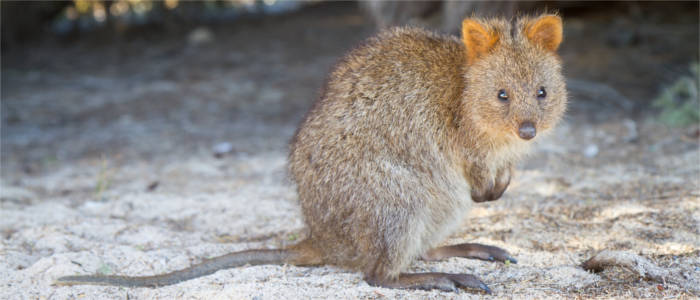
Culture - Art in Perth and gold mining tradition in Kalgoorlie
The present-day territory of Western Australia was already settled by Australia's native inhabitants, the aborigines, about 40,000 years ago. In the 19th century, they were driven out by the British settlers. Travellers can still marvel at their culture and art in the Western Australian Museum in Perth. The capital is the region's biggest city and its cultural centre. Countless art galleries fascinate the locals and visitors and the idyllic Kings Park does not only offer relaxing green spaces but also a great view of the metropolis. In the 1890s, there was a gold rush in Western Australia, which you can relive in the region's second biggest city. Kalgoorlie-Boulder was built from scratch by Patrick Hannan in 1895 because of the gold rush. The city lies at one of the greatest gold veins on earth, where gold mining is still done at the Super Pit Goldmine. You also feel taken back to the time of the gold rush in the Museum of the Goldfields in Hannan Street with its numerous historical buildings (e.g. the historical city hall) and in the former mine and present-day tourist attraction of Hannan's North Tourist Mine. Visitors have the opportunity to found a gold bar themselves or wash the precious metal here.
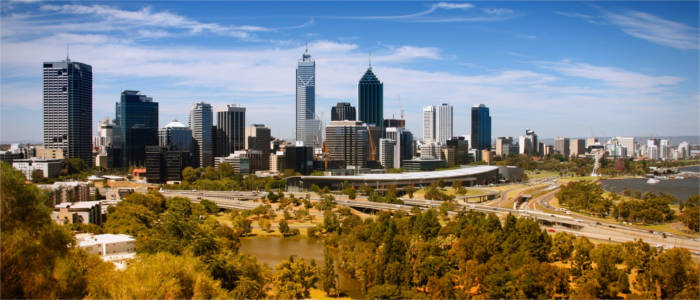
Experience - Wine tastings and ghost towns
Despite its reputation of being the world's most remote big city, Perth offers a number of party venues. Visitors can experience the Australian nightlife in countless bars, pubs, clubs and discos. The district of Northbridge is particularly popular with party-goers. Main branches of Western Australia's economy are cattle and pig farming as well as grain and fruit cultivation. Wine is grown in the south and many travellers enjoy tasting the local wines in one of the many wine cellars. Another economic sector is mining and digging for mineral resources such as iron ore, nickel, uranium or gold. Tourists can see this industry in the Australian hinterland, especially in the region around Kalgoorlie-Boulder. It is full of historical sites, tourist mines and ghost towns, which were built during the gold rush in 1890.
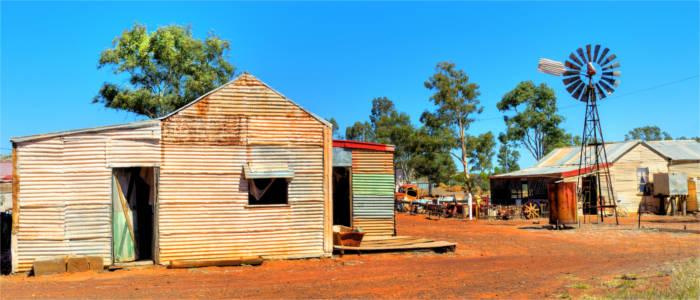
Activities - Feeding dolphins near Monkey Mia and riding camels at Cable Beach
Travellers can do many kinds of water sports in Western Australia. Surfing, diving, sailing, swimming and canoeing are only a few of the many activities. Hikers and climbers can pursue their hobbies in the numerous national parks. Another popular leisure activity is whale and dolphin watching. In Monkey Mia, the sea mammals come to the beach every day. In addition, holidaymakers go on camel rides at Cable Beach, one of the most beautiful beaches on earth, or visit the crocodile park near Broom.

Information
The best time for travelling Western Australia, especially if you are going to Perth, the Golden Outback and the southern part of the region, are the spring and summer (September to March). During this time, countless wild flowers are in bloom and the sunny weather creates the perfect holiday atmosphere. The north of the state, on the other hand, is a great destination between April and October (autumn and winter) when the temperatures are not as high.
The state of Western Australia captivates lovers of nature and active holidaymakers. Unique natural phenomena, wonderful beaches and the fascinating Australian fauna make travellers' hearts leap for joy.

